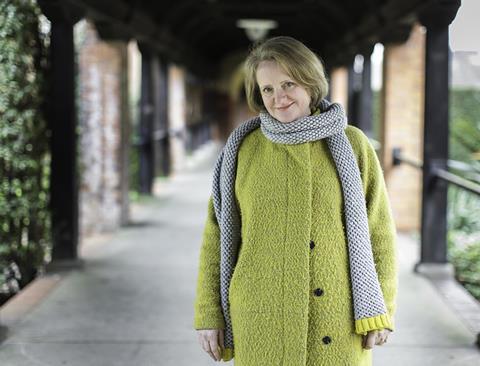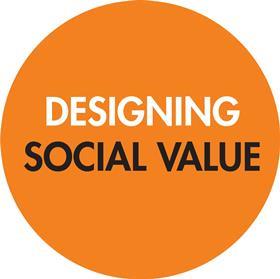Flora Samuel explores universality through the lens of two cities in Britain and the Philippines

Is social value so culturally specific that it has to be framed in entirely different ways for different cultures or is there enough that we humans have in common to suggest that there are certain eternal or archetypal forms of social value that can be evaluated and developed wherever we are? These questions need to be pondered by architectural practices working in countries in receipt of Official Development Assistance (ODA).
Peter Oborn has been doing a remarkable job at the RIBA promoting the Sustainable Development Goals (SDGs) and an ethical approach to professionalism. However architects are often employed by less than savoury regimes as, what Deyan Sudjic calls, “instruments of statecraft”.

The presence of some vast tower or other in a low-rise “undeveloped” city talks of that city’s aspiration to join the market-driven battle to attract investment at whatever social or environmental cost. The flattening of informal settlements, redistribution of people (notably in desirable waterfront locations) and gentrification can have catastrophic results. Money talks and here more than most other places planners have little power to argue that communities have value, social, environmental and economic.
Over the last two years Eli Hatleskog and I have been working on Mapping Eco Social Assets (MESA) a British Council-funded Institutional Links project between the University of Reading and the University of Santo Tomas in Manila. We’re focusing on two rapidly changing small cities: Santa Rosa in the Philippines (not far from the recent devastating Taal volcano eruption) and Reading. While these cities are radically different in appearance, both are suffering from the spiralling effects of land values and gentrification which are squeezing out people and trees (our particular interest is in the social value of green spaces). Santa Rosa, like much of the Philippines, suffers from regular and catastrophic typhoons caused by global warming. At the same time “excess fluidity” in East Asia means it is a target for investors.
At Reading we have been using the Social Value Toolkit for Architecture (to be published by the RIBA later this year) to work with the Orts Road community (an inner city council-run housing estate), to make social value maps which reveal community assets and to develop proposals for change. That we are experimenting with using social return on investment (SROI) to monetise the social value of these assets has attracted interest from members of the local council who are keen to develop robust tools that facilitate holistic decision making.
SROI financial proxies are based on major UK surveys such as the Household Panel Survey and are culturally specific although there are similar systems in development across the globe though not, it seems, in the Philippines yet.
We can only hope that one day the planners of Santa Rosa will be able to evaluate development proposals taking into account social, environmental and economic value and that they will have the teeth therefore to reject the building of another golden casino on top of “informal” but fully functional and high-social-value communities.
















No comments yet